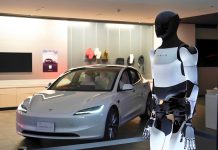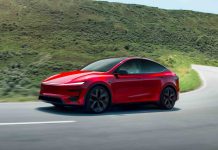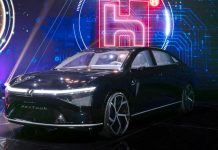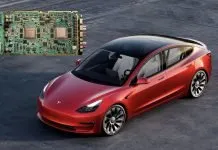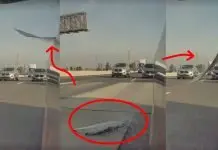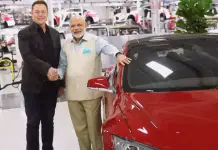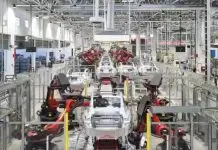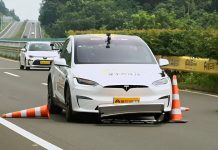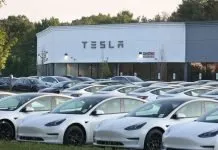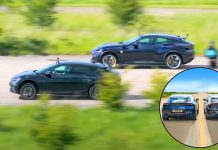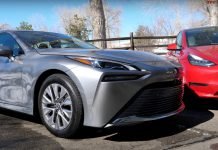A recent accident in Toney, Alabama, involving a 2025 Tesla Model 3, has led to discussions about the dangers and preparedness of Tesla’s Full Self-Driving (FSD) Supervised mode. First, it was thought to be a fault in the system, but further investigation showed it might have prevented a terrible crash.
The car, built with Hardware 4 by Tesla and running FSD version 13.2.8, suddenly left the road and flipped onto its side, injuring the driver, Wally, a passionate Tesla fan. Earlier this year, this incident occurred, and people immediately became concerned about the reliability of the most advanced FSD feature Tesla had released.
After getting his new Model 3 with FSD, Wally described his usual way of using the system. He said he used the FSD feature whenever he could. I appreciated it getting me to Waffle House in the morning so I could unwind during my normal drive to work. Many Tesla users have customized their cars with hints and videos from popular YouTube accounts, and Wally was no different.
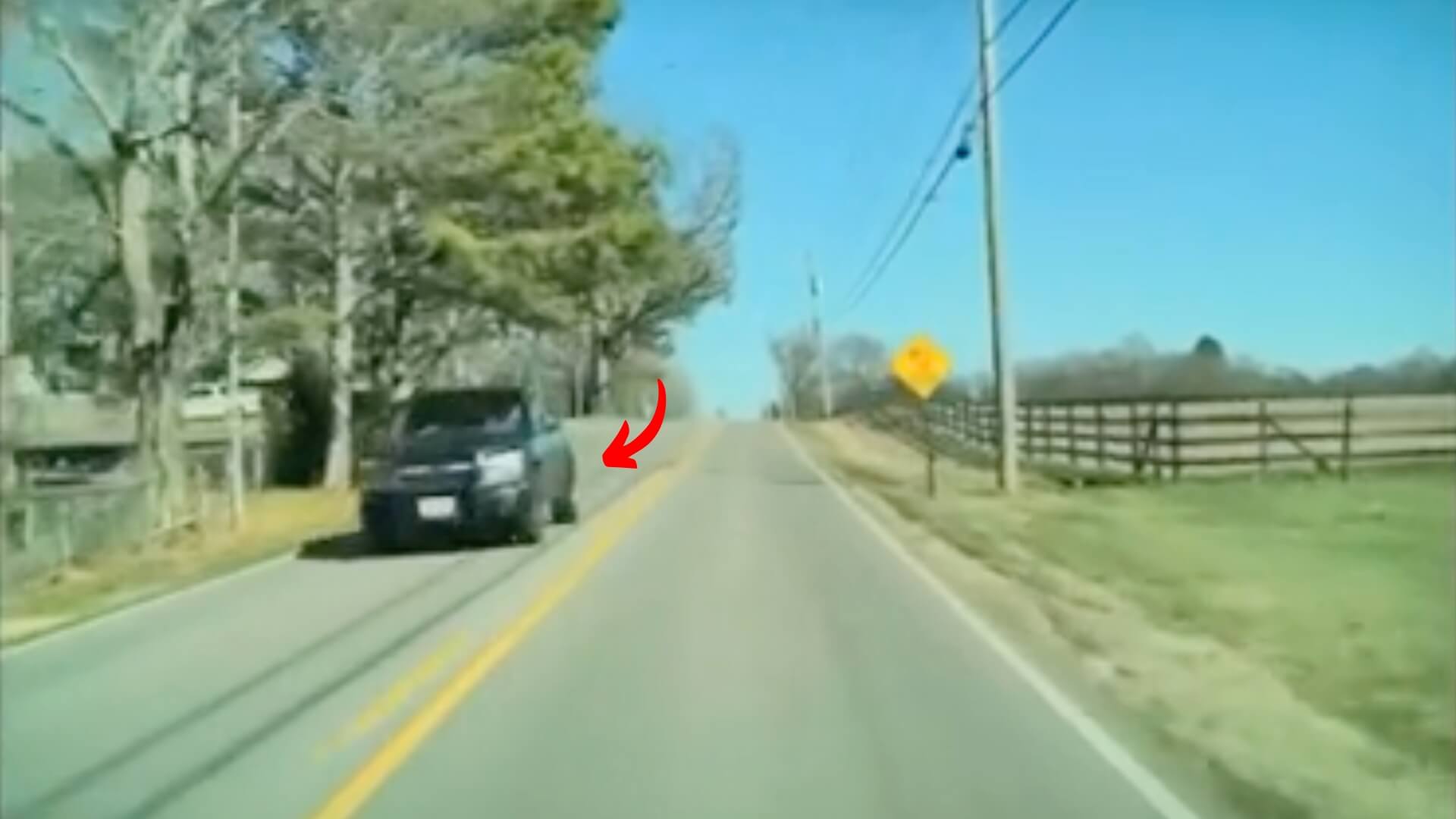
FSD Prevented Serious Injuries
A lot of people first thought that FSD was responsible for the collision. Tesla followers as well as critics doubted whether the system was able to manage a simple driving situation. Video recordings and data collected from the car instead show that supervised autonomy depends on human involvement.
Evidence from Tesla and data confirm that the vehicle played no part in causing the accident. FSD Supervised took over to prevent a head-on crash that could have been disastrous. The driver was shown to have manually intervened on the steering wheel, according to the logs, which resulted in the car going off the road. Seconds before, FSD detected that a vehicle was swerving a bit into its lane and moved to prevent a crash. At that moment, Wally took over the wheel without realizing what he was doing and crashed the car.
hopefully this clears up the "FSD" crash pic.twitter.com/OCvW2P6dPM
— ΛI DRIVR (@AIDRIVR) May 30, 2025
The Model 3 was hit and flipped, but didn’t include a head-on collision with the other car. The driver got injured but is expected to recover from them without any complications. It is now believed by experts that FSD Supervised stepped in to evade danger and prevented Wally from manually operating the vehicle, which could have caused the crash. Tesla’s vehicles are built to be the safest vehicles in case crashes like this happen. Recently, a Tesla Model Y was crushed by a truck, yet the driver escaped with minor scratches, which says a lot about the safety of the vehicle.
Responsibilities Still Rest With Drivers
With Tesla aiming for full autonomy, its FSD Supervised function, which needs attention from drivers, is being criticized more often. While traditional driver-assist systems focus on freeways, FSD tries to handle driving on city streets without barriers at turns, roundabouts, and similar settings. Although they are not required to hold the wheel at all times, drivers must pay full attention and get ready to manage the car when needed.
People who disagree with the term argue that the marketing might make drivers feel more confident in the car’s abilities than they should. Even though it is labeled as “supervised,” some users could still trust the system more than it can really do. According to Tesla, FSD helps the driver even though it cannot substitute for a person at the wheel, and this difference is emphasized in the software’s design. In a recent incident, a Cybertruck running FSD v13.2.4 misses a lane merge and crashes into a pole.
This shows the two-sided aspect of semi-autonomous systems. If applied as directed, they can help avoid accidents and reduce driver tiredness. If new technologies are mismanaged or misunderstood, they can cause new problems. Tesla’s statistics say that FSD cars are involved in fewer crashes per mile than those without FSD, but cases like these suggest driver behavior is still most important.
While Tesla is improving FSD, the crash in Alabama is a warning and a sign of progress. Although the crash happened, the system helped to reduce its seriousness of it. Wally makes it clear that as long as full autonomy is not there, the main safety feature in any Tesla is an attentive human driver.


